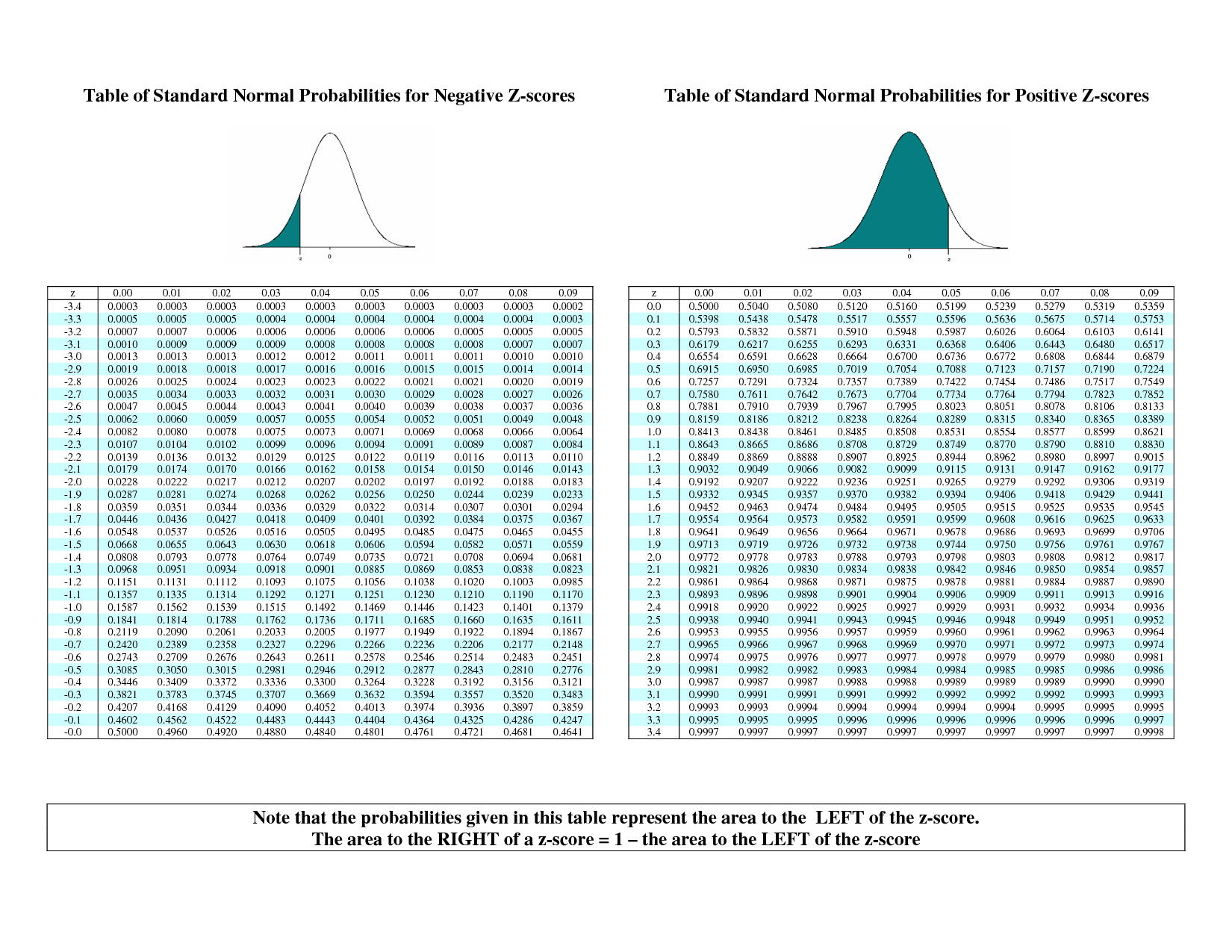What is #"P"(Z< –2.31) + "P"(Z> 2.31)#?
1 Answer
Aug 6, 2017
The answer is 0.0208.
Explanation:
This one's easy; all you do is use a

A
But wait—that's just the area of the left tail! The area under both tails is twice this amount (since the two tails are identical due to the symmetry of the standard normal curve). Thus, we double 0.0104 to 0.0208, and this is our final answer.

